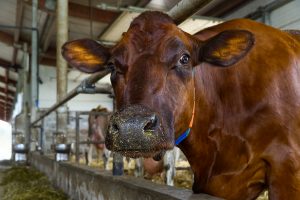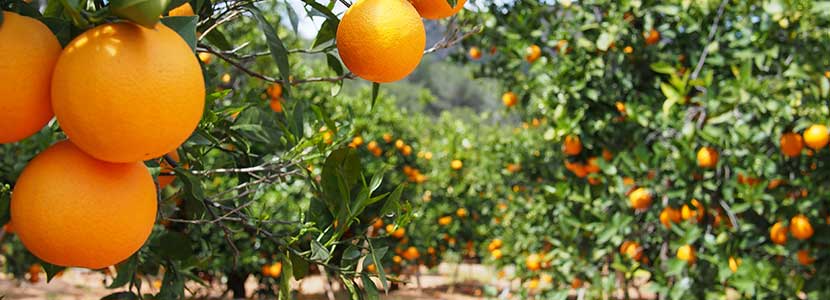Orange silage (OS) and the effects of its supplementation on bovine milk composition
Forages are the basis of feed in all ruminant production systems in present times. In most cases it is necessary to use balanced feed to meet the nutritional requirements of animals. Feeds are formulated with imported grains and cereals . These in turn, are the main food supplements available to producers in the country of reference for the study mentioned within this article.

For such reason, many producers have ventured into formulating and elaborating their own food supplements. Making use of new low-cost food alternatives from agro-industrial by-products and crop residues. This is especially true in regions where the supply of grazing fodder is restrictive. As a result, these alternatives become a means for maintaining and generating economic sustainability in production systems.
The orange
It is a fruit that has high dry matter digestibility(58%), which makes it a viable alternative for feeding ruminants. It can be used in different forms such as: dehydrated, pelletized or ground. However, several studies suggest that the best way to use it is in wet form through silage.
Soluble carbohydrates (simple sugars) and structural carbohydrates (cellulose, hemicellulose and pectin) are its main nutritional contributions. These have an easy fermentation in the rumen which favors the formation of propionic and acetic acids respectively.
The use of this fruit in animal feed can reduce contamination problems like bad odor production, insect proliferation and even acid seepage into the soil. It has also been shown to reduce the presence of E. coli and Salmonella in the intestines of ruminants. Resulting in health improvements for these animals by providing fiber, vitamins and essential oils that act as natural antibiotics.
About the study
Two types of treatment (T1 and T2) were applied in random blocks of 12 animals whose genetics were influenced by the following breeds: Gyr, Holstein, Jersey and Swedish Red. Orange silage was made with fruits that had a 30 day fermentation.
Treatment 1 (T1) → Substitution of 20% of commercial feed.
Tratamiento 2 (T2) → Control group.
| Milk composition (fat, protein, non-fatty solids, minerals and lactose) was measured every seven days for 90 days. |
Results showed that the inclusion of orange silage (OS) generated a higher fat content in the milk of cows in the T1 group compared to those in the T2 control group. The replacement of commercial feed with 20% of orange silage (OS) improves fat percentage in milk and reduces feed costs compared to conventional managing practices. These results back the use of orange silage as a sustainable feeding alternative in cross-lactating cows.
|
Daily milk production was not affected by the treatments. |
Source: Journal of Agricultural and Environmental Research (RIAA). Effect of orange silage supplementation on the composition of bovine milk 2020.
